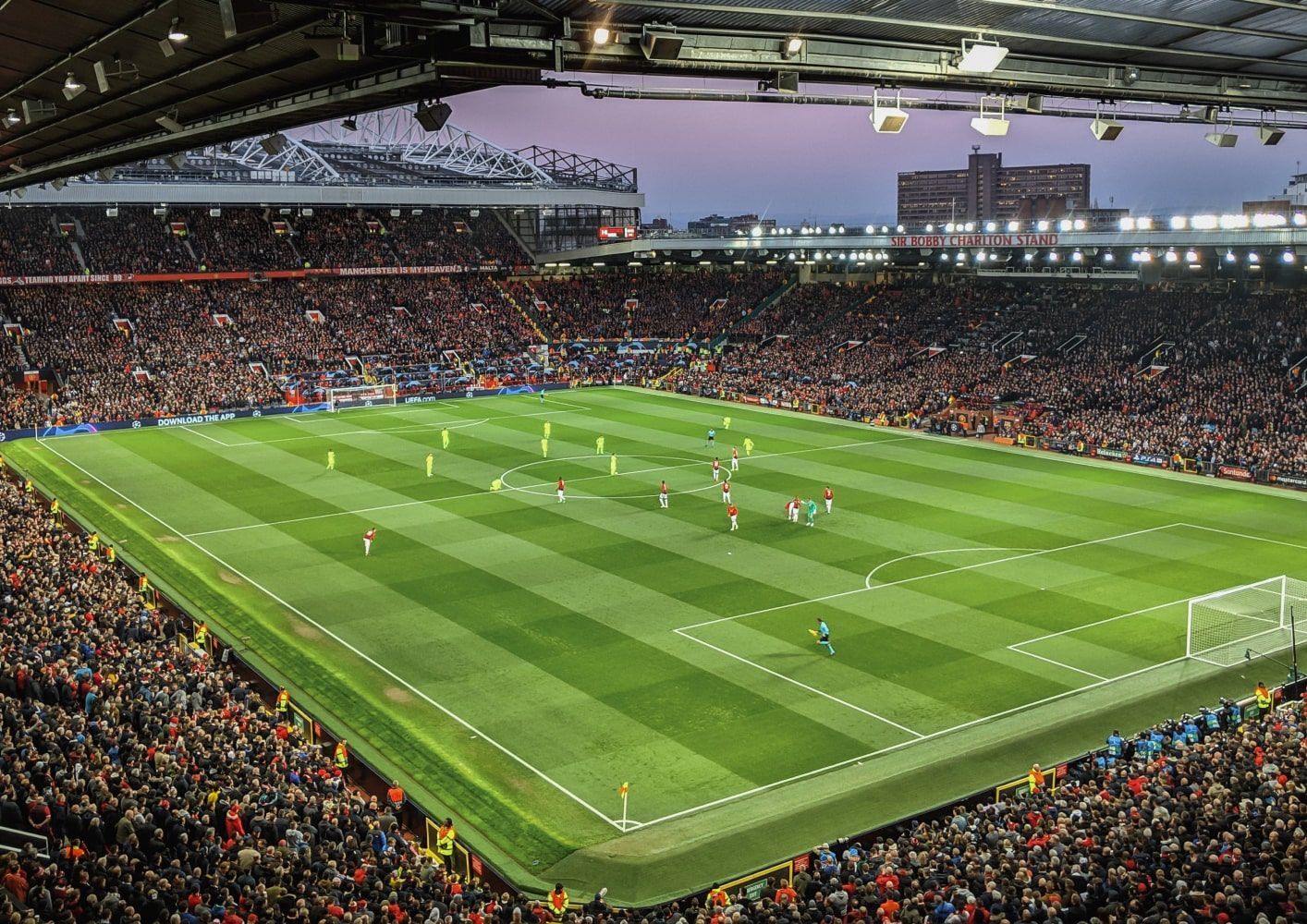Blog>Marketing Campaigns: Analysing The FIFA Women’s World Cup 2019
Marketing Campaigns: Analysing The FIFA Women’s World Cup 2019

2019-07-18T11:35:00.000Z
Given the number of fantastic sporting championships showcased over the past few months, we were inspired to take a dive into sports marketing, namely women’s football.
One of the key issues facing women’s football is a lack of investment in the sport. Despite the fact that the Women’s World Cup is the most widely watched women’s sporting event in the world, with a global audience of over 1 billion people, it receives a fraction of the funding and sponsorship as the men’s World Cup.
The portrayal of women’s football in the media has played a key role in gender equality in sports marketing. For many years, women’s football was often relegated to a side-note in the sports pages, or not covered at all. Even when it was covered, the focus was often on the players’ looks or personal lives, rather than their skills and achievements on the field. This served to perpetuate the stereotype that women’s football was less serious and less important than men’s football, which in turn made it harder to attract fans and sponsors.
However, 2019 is proving to be a breakthrough year for Women’s Football. The Women’s World Cup held in France was a milestone event in the history of the sport, not just because of the quality of play on the field, but also because of the way in which it was marketed and promoted. Major corporations like Visa, McDonald’s, Coca-Cola, and Budweiser, all invested into the event. The media coverage of the tournament was much more extensive and positive than in previous years, with many newspapers and broadcasters dedicating significant resources to covering the tournament and the teams taking part. This helped to generate a greater level of public interest in the sport and it was evident that women’s football had an opportunity to take its rightful place alongside men’s football as a major sport in its own right.
The Women’s World Cup Final between the United States and Netherlands broke records for the most watched football match in US history and brought attention to the issue of equal pay for female footballers, which still persists as a problem in many countries. This marked a step towards recognising the work and dedication that goes into women’s Football, and the importance of women’s Football within the sporting community.
FIFA launched a comprehensive marketing campaign to promote the Women’s World Cup that aimed to engage fans of all ages and backgrounds. The campaign began with the release of a series of promotional videos that featured some of the top players from around the world. These videos were designed to showcase the skill and athleticism of these players, as well as to give fans a glimpse of what to expect from the tournament. The campaign made use of interactive content to engage viewers, one of the most popular types being the “Be the 12th Player” campaign, which encouraged fans to support their teams by creating a virtual “twelfth player” that could be seen on the field during matches. This campaign was a huge success, helping to increase fan engagement and participation.
Another key element of the campaign was the use of social media. FIFA created a number of social media accounts that allowed fans to stay up to date with the latest news and information about the tournament. These accounts provided fans with behind-the-scenes access to the players and coaches, helping to build a sense of connection and engagement.
The campaign also included a number of live events, such as meet and greets with the players, fan festivals and watch parties. These events allowed fans to connect with each other and the players in person, creating a sense of anticipation around the tournament.
The combination of creative elements, social media, and live events generated a buzz amongst fans, ensuring that the tournament reached as many people as possible. This campaign was particularly effective because it appealed to fans of all ages and backgrounds. It was not just targeted at hardcore football fans, but also those who may not have been as familiar with the sport. By showcasing the skill and athleticism of the players, as well as the importance of teamwork and determination, the campaign succeeded in reaching a wide audience and engaging them in the tournament.
Our use of cookies
onqor.com uses cookies, some are necessary for the operation of the website and some are designed to improve your experience. For more information, click here.
Necessary cookies
Are essential to move around onqor.com and use its core functionality and enhanced features. Without these cookies, services you have asked for cannot be provided.
Functional cookies
Allow onqor.com to remember choices you make to give you better functionality and personal features.
Performance cookies
Help improve the performance of onqor.com by collecting and reporting information about how you use the website.